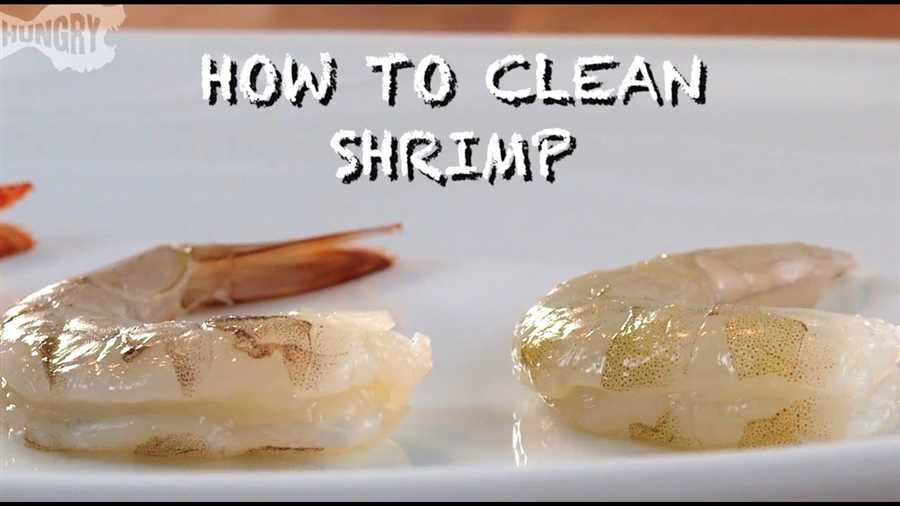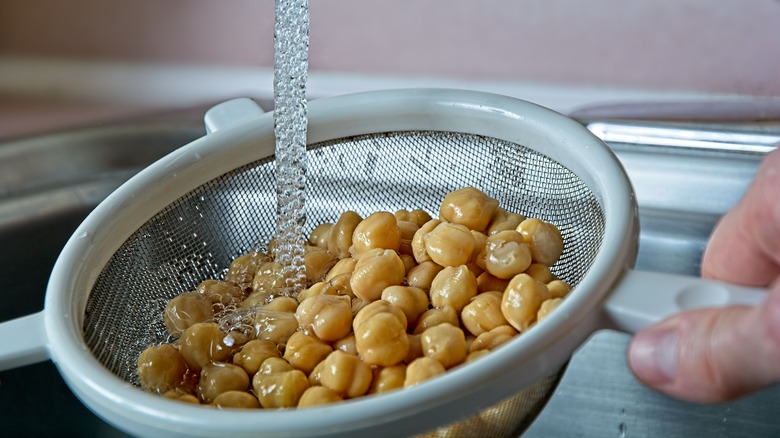Ever noticed that weird soapy foam when you’re washing shrimp? Don’t worry – you’re not alone! As someone who cooks seafood regularly, I’ve had many people ask me about this strange phenomenon. Let’s dive deep into why shrimp gets foamy and what you actually need to know about it.
The Science Behind Shrimp Foam
When you’re washing your shrimp and notice that foamy, soapy-looking substance, here’s what’s actually happening:
-
Protein Reaction The foam comes from proteins naturally present in shrimp meat. When these proteins interact with water and get agitated during washing, they create a foam-like substance.
-
Not Soap Residue Many folks worry that they didn’t rinse their dishes properly, but nope! This is totally natural and happens with fresh shrimp too.
Is The Foam Safe?
Short answer Yes! The foam is completely harmless Here’s why
- It’s just protein molecules getting all excited in water
- Completely natural process
- Happens with high-quality, fresh shrimp
- Won’t affect the taste or safety of your food
Tips for Washing Shrimp Properly
Even though the foam is harmless, here’s how we can minimize it and clean our shrimp effectively:
-
Use Cold Water
- Keeps proteins stable
- Helps maintain texture
- Reduces excessive foaming
-
Gentle Handling
- Don’t vigorously agitate the shrimp
- Pat dry after washing
- Remove shells if needed before washing
-
Multiple Rinses
- Quick initial rinse
- Second thorough wash
- Final rinse to remove any remaining debris
Common Questions About Shrimp Foam
Does the foam mean my shrimp is bad?
Nope! The foam is actually a sign that your shrimp contains natural proteins. However, always check for:
- Fresh ocean smell (not fishy)
- Firm texture
- Pink-gray color
- No sliminess
Should I wash the foam away completely?
The foam will naturally dissipate, but you can:
- Rinse until water runs clear
- Pat dry with paper towels
- Don’t stress about small amounts of foam
Best Practices for Shrimp Preparation
To get the best results when cooking shrimp, follow these steps:
-
Initial Inspection
- Check freshness
- Remove any damaged pieces
- Sort by size if needed
-
Cleaning Process
basic- Remove shells (if desired)- Devein the shrimp- Rinse in cold water- Pat dry thoroughly -
Storage Tips
- Keep on ice until ready to cook
- Store in airtight container
- Use within 2 days of purchase
The Role of Protein in Seafood
Understanding why shrimp foams helps us appreciate the science behind seafood:
- Proteins are essential components
- They react differently to temperature
- Affect texture and cooking properties
- Natural indicator of freshness
When to Be Concerned
While foam is normal, watch out for these red flags:
- Strong ammonia smell
- Excessive sliminess
- Discoloration
- Off-putting odors
Cooking Tips After Washing
Once you’ve dealt with the foam, here’s how to get the best results:
-
Proper Drying
- Use paper towels
- Remove excess moisture
- Helps with better searing
-
Seasoning
- Add after drying
- Salt just before cooking
- Don’t marinate too long
Environmental Factors
Several things can affect how much foam your shrimp produces:
- Water temperature
- Washing technique
- Protein content
- Storage conditions
Industry Insights
As someone who’s worked with seafood vendors, here’s what I’ve learned:
- Fresh shrimp may foam more
- Frozen shrimp might foam less
- Processing methods matter
- Quality affects protein content
Final Thoughts
Remember, that foamy stuff when washing shrimp is totally normal! It’s just proteins doing their thing, and it’s actually a good sign that your shrimp is fresh and protein-rich. Don’t let it worry you – focus instead on proper cleaning and cooking techniques.
Quick Reference Table
| Foam Characteristic | What It Means |
|---|---|
| Light foam | Normal protein reaction |
| Excessive foam | Might need extra rinsing |
| No foam | Could be older shrimp |
| Colored foam | Potential concern |
Pro Tips from My Kitchen
After years of cooking shrimp, here’s what works best:
- Keep it simple with cleaning
- Don’t overthink the foam
- Focus on proper cooking temps
- Trust your senses for freshness
The next time you’re washing shrimp and see that foamy situation happening, you can feel confident knowing exactly what’s going on. Just keep these tips in mind, and you’ll be all set for some delicious seafood cooking!
Would you like me to explain anything else about shrimp preparation or cooking? Drop a comment below – I’d love to help!

To rinse or not to rinse

While its sudden appearance when rinsing beans might be a bit jarring, that foam is perfectly safe. Other saponin-rich foods youre likely already eating include asparagus, spinach, peanuts, eggplant, and broad beans (aka faba or fava beans). Furthermore, a 2024 study by the Journal of Medicinal Food has shown there are benefits of saponins on the immune system and the lowering of cancer risk, cholesterol levels, and blood glucose.
The foam itself is indeed harmless, but one of the huge mistakes youre probably making with canned beans is not rinsing them thoroughly enough. The bean liquid that comes from the can is often very high in sodium, and limiting how much sodium you consume is recommended to reduce the risk of cardiovascular disease and hypertension, as described in the government-issued Dietary Guidelines for Americans for 2020 – 2025. Allowing canned beans to first drain and then be rinsed will reduce their overall sodium content. Furthermore, not rinsing beans and using them straight from the can may make your food taste overly salty, and the foam can take on a bitter flavor, which will make its way into whatever youre cooking.
Beans are also well-known culprits for causing flatulence. This is mostly due to their fiber content, which along with protein, starch, and saponins will also pass through into the canned liquid. If you want to reduce the chances of going gassy or feeling bloated after eating a bunch of beans, give them a rinse.
